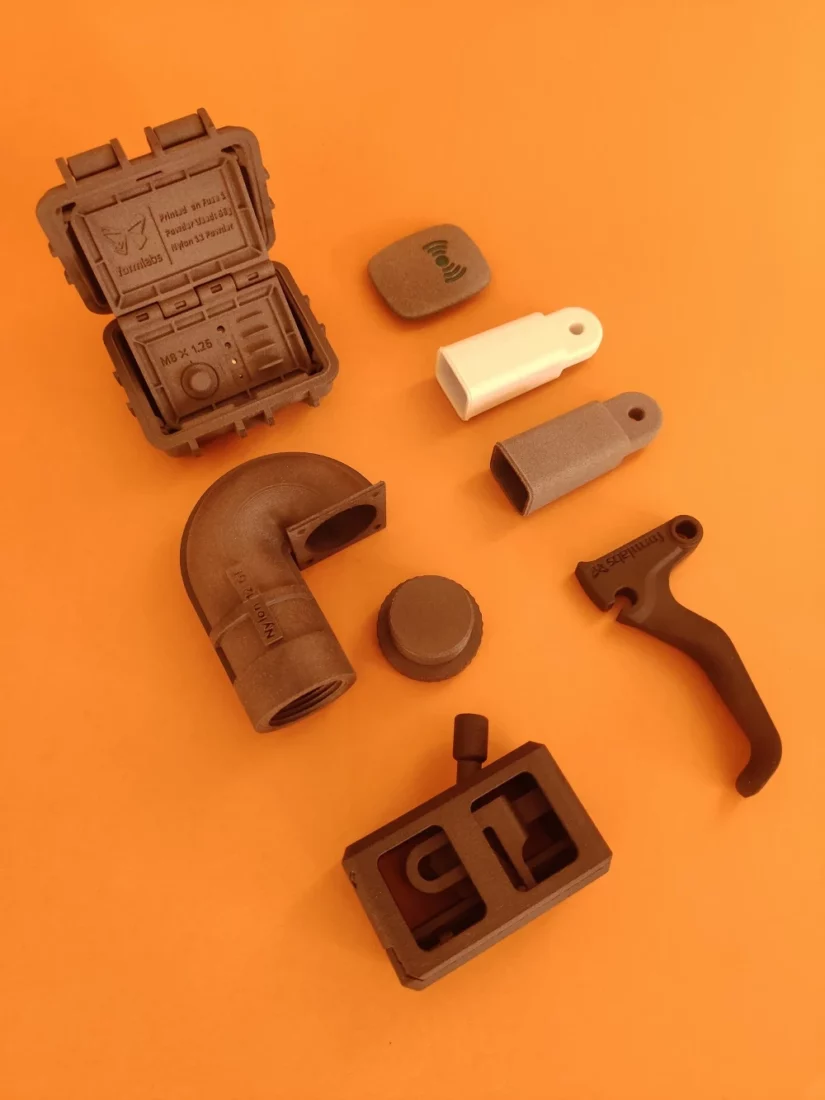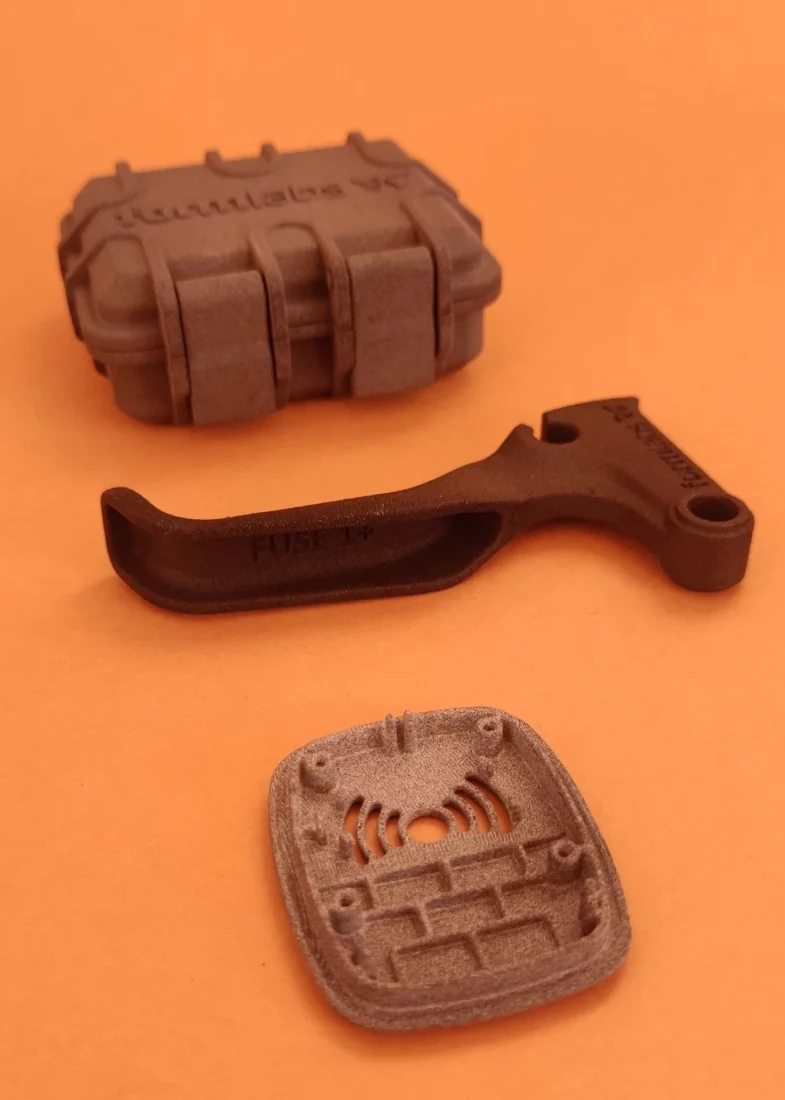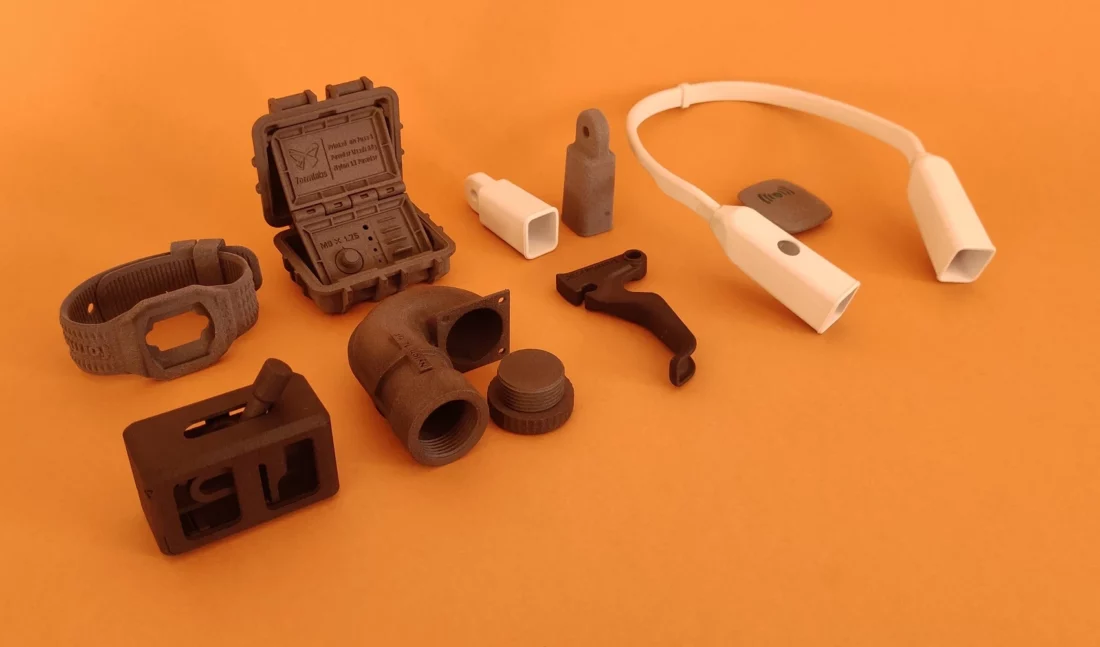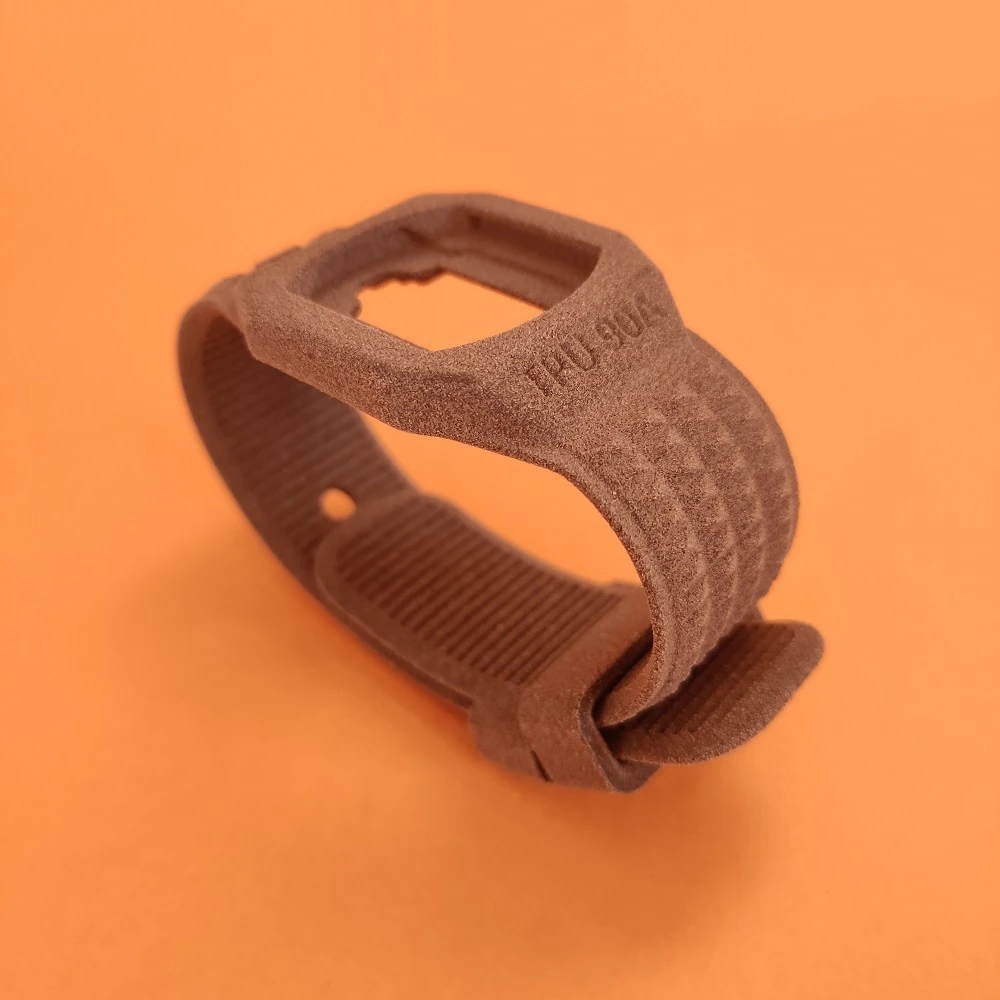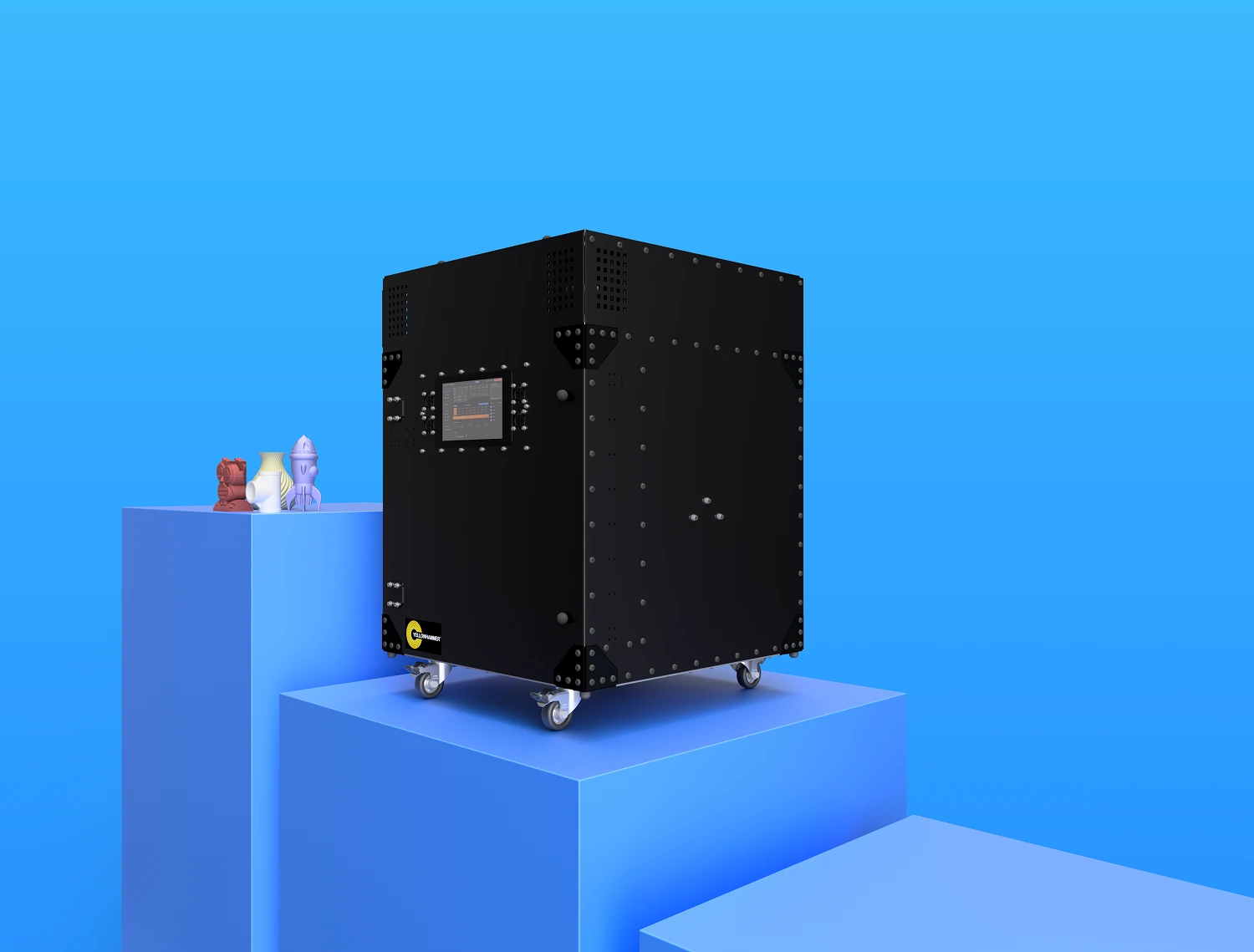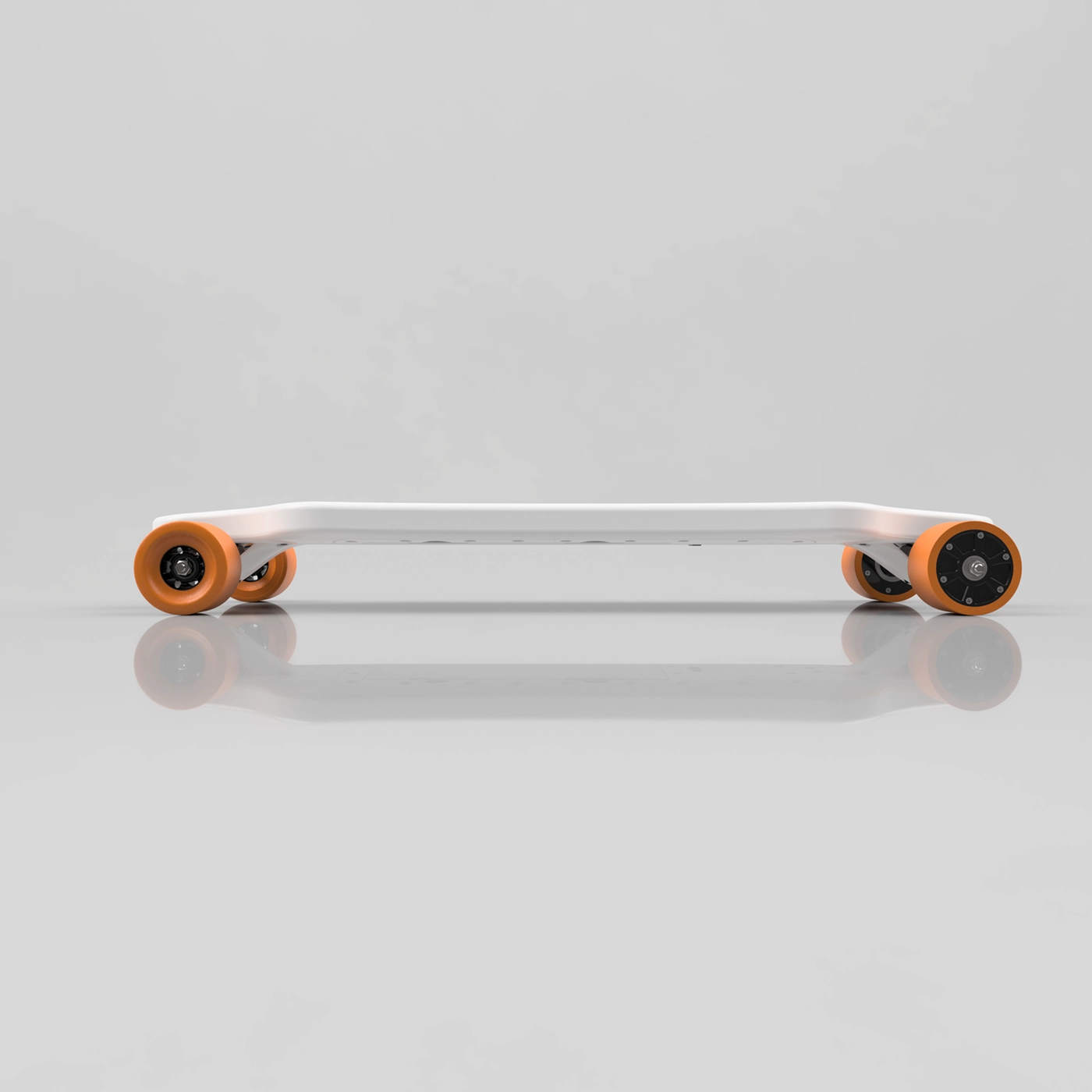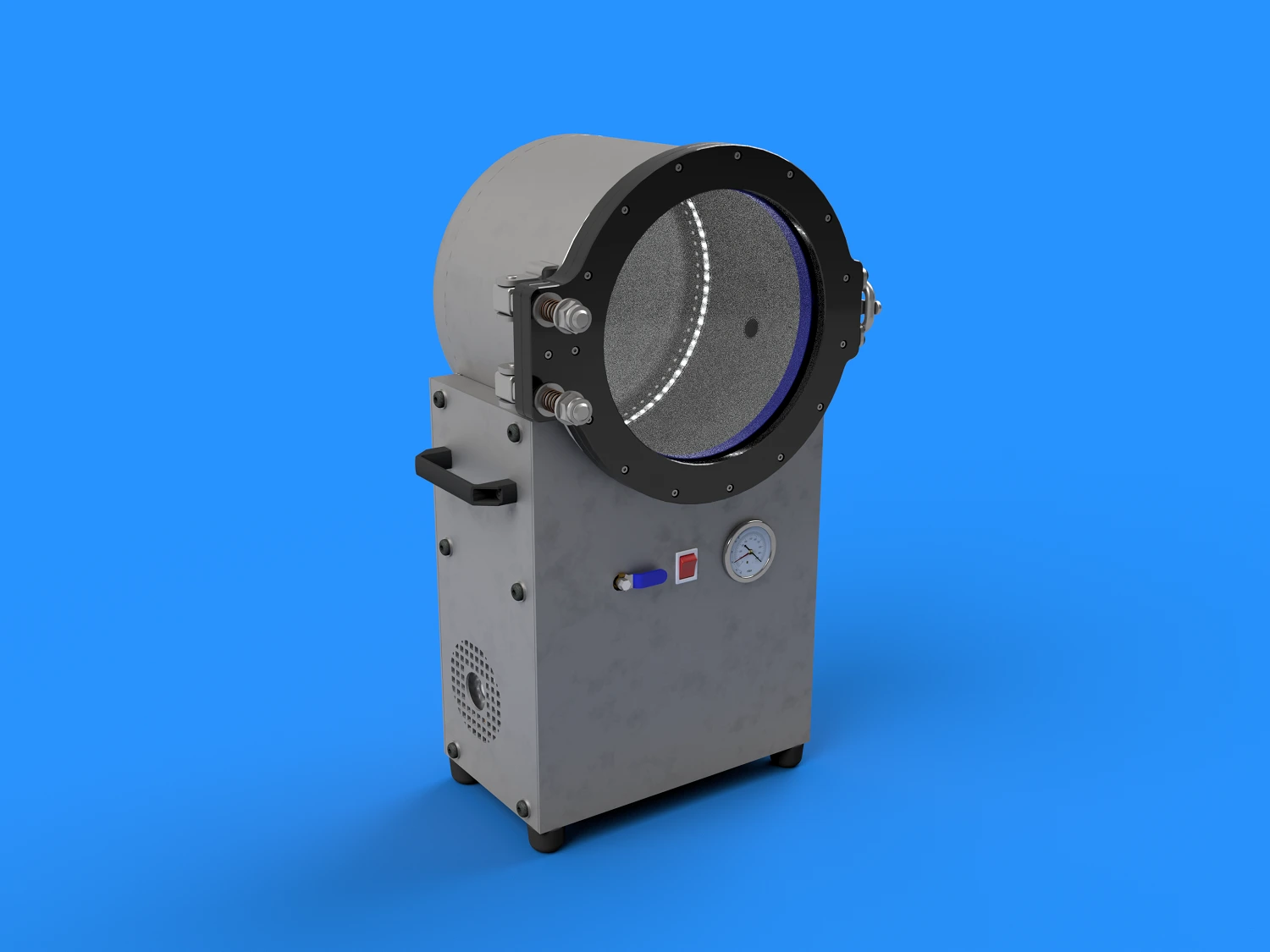Materials available for SLS and MJF
Nowadays, it is difficult to choose the right material and printing method for your needs. We are aware of this, which is why, together with our trusted partners, we provide a comprehensive service of selecting materials and 3D printing technologies for your parts’ requirements.
You do not have to worry about choosing the right material for your prototype. We will do it for you! All you have to do is attach a file with the Technical Data Sheet (TDS) of the material you want your final product to be made of or let us know what environmental conditions it has to withstand. We will select the material that will best reflect the characteristics you want.
Parts made with SLS and MJF techniques can be made from rigid and flexible materials. They can be made of tough, fatigue-resistant, lightweight materials or filled with polyamide blends with glass beads or aluminum for higher temperature resistance. Both methods allow you to dye details in any uniform color, whereas MJF allows direct printing of multicolored elements.
Our SLS and MJF 3D printing services
Selective Laser Sintering (SLS) and Multi Jet Fusion (MJF) are industrial 3D printing processes that are ideal for manufacturing end-use parts. This technique mainly uses materials such as polyamide (pure or with additives to increase its strength), TPU, and polypropylene.
In the SLS process, a laser selectively sinters polymer powder particles, fusing them and building a part layer-by-layer while, in the MJF process, parts are made by jetting a binding agent onto thin layers of polymer powder particles (usually nylon) and then sintering using an IR heat source.
Technical specifications
Maximum build dimensions
- Dimensions are unlimited as components may be composed of several sub-parts.
- The maximum build envelope is 630 x 330 x 550 mm (outsourced)
Standard accuracy
- ±0.3% (with a lower limit of ±0.3 mm)
Layer thickness
- 80 – 120 μm
Minimum wall thickness
- 0,3 mm
Surface structure
- Unfinished parts typically have a grainy surface but various post-production finishes are possible
